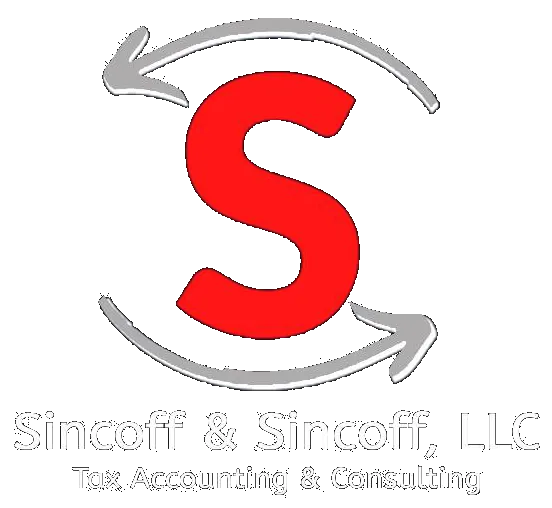“So exactly how much will this save me?”
My client, Mike, asked, sliding his laptop across the desk to show me the news headline about Pennsylvania’s latest corporate tax cut.
Good question.
As someone who’s spent twenty years helping Pennsylvania businesses navigate the tax maze, I’ve learned that the devil’s always hiding in the details.
While headlines trumpet big changes, understanding what they actually mean for your specific business requires digging deeper.
Here’s my no-nonsense breakdown of what’s actually changing in 2025 and what it means for your bottom line.
The Corporate Rate Cut:
Beyond the Headlines

Filing tax declaration 2025
Pennsylvania’s business tax landscape is shifting in ways that impact your quarterly projections and long-term planning.
The 7.99% Reality Check
The corporate net income tax rate has dropped again, now sitting at 7.99%. That’s down from 8.49% last year and continues the steady march toward the promised 4.99% by 2031. For perspective, we’ve come a long way from the painful 9.99% rate that Pennsylvania businesses shouldered for decades. This isn’t just abstract policy—it translates to real dollars. A business with $500,000 in taxable income will save about $2,500 this year compared to last. Not life-changing perhaps, but meaningful enough to fund some equipment upgrades or employee bonuses.
The Sleeper Change: NOL Expansion
While everyone focuses on the rate reduction, many miss the equally important change to net operating loss provisions. The NOL deduction cap holds steady at 40% of taxable income for 2025, but the planned increases—50% next year, 60% in 2027, and eventually 80% by 2029—create planning opportunities for businesses with fluctuating profits. This matters especially for startups and cyclical businesses who can start strategically timing major investments knowing these changes are coming.
Local Tax Realities: The Ground-Level Impact
State taxes grab attention, but local taxes often hit harder and with less warning.
Philadelphia’s Steady Hand
Philadelphia’s wage tax remains unchanged at 3.75% for residents and 3.44% for nonresidents in 2025. This stability might seem unremarkable, but in the tax world, predictability has value. Businesses with Philadelphia operations can plan confidently without building in contingencies for rate changes, a rare luxury in tax planning.
The Invisible Benefit of Standardization
The continued implementation of Act 32’s local tax collection standardization won’t make headlines, but it quietly saves Pennsylvania businesses countless compliance hours. Before this standardization, businesses with employees in multiple municipalities faced a nightmare of different forms, deadlines, and procedures. The consistency now in place represents a significant, if underappreciated, improvement in Pennsylvania’s business climate.
Strategic Moves: What Smart Businesses Are Doing
These changes create specific action opportunities that require attention now, not during the December rush.
Entity Structure Re-evaluation
The shifting federal-state tax dynamic means entity choices that made sense three years ago might not be optimal today. With Pennsylvania’s corporate rate continuing its downward slide while pass-through taxation remains static, the math has fundamentally changed. I’ve helped several clients convert from S-corporations to C-corporations recently, capturing significant tax advantages. Others have gone the opposite direction after running the numbers. There’s no universal answer—your specific revenue patterns, growth plans, and distribution needs all factor into the equation.
Timing Tactics for Maximum Benefit
With rates guaranteed to decrease through 2031, strategic timing of income recognition and major purchases takes on new importance. Deferring income to future lower-rate years while accelerating deductions into current higher-rate periods can significantly reduce effective tax rates over time. This isn’t about aggressive tax positions—it’s about making smart, legitimate choices about when to close that big deal or make that major equipment investment.
The Pennsylvania business tax environment continues its transformation from one of the nation’s most punishing to increasingly competitive. These 2025 changes represent not just compliance requirements but strategic opportunities for businesses that take the time to understand their specific implications. The winners in this shifting landscape won’t just be those who know the new rules, but those who reshape their planning around them.





